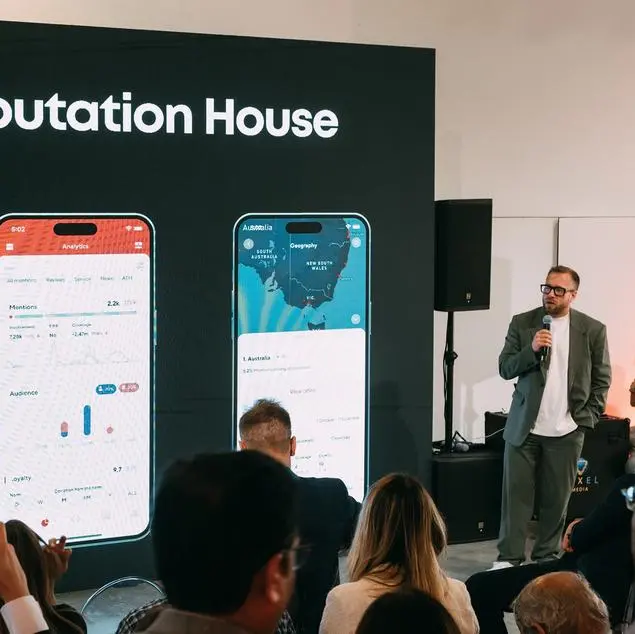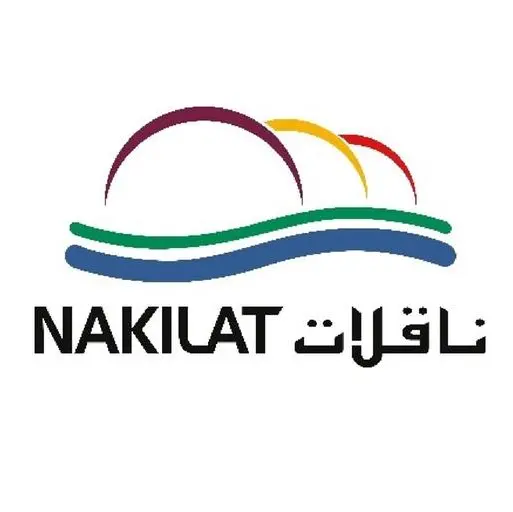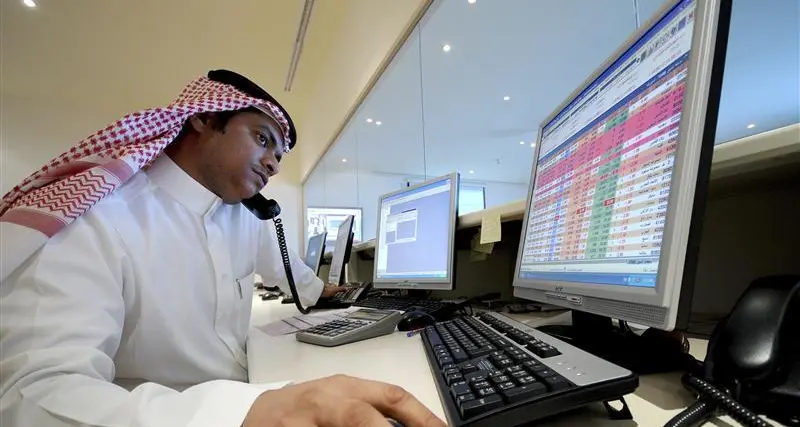- Etisalat takes over as region’s most valuable brand, following 40% growth
- 5 Middle Eastern brands feature in Brand Finance Global 500
- Valued at over US$150 billion, Amazon becomes the world’s most valuable brand
- Apple and Google left behind as they fail to follow Amazon’s growth model
- Facebook’s jump to 5th place sanctions the dawn of the digital era for brands
Etisalat has been named the Middle East’s most valuable brand for the first time, according to the latest Brand Finance Global 500 report. The Abu Dhabi-based telecom operator, has turned the dial up with a 40% increase to its brand value, cementing its place as a strategic enabler in the UAE’s digital transformation.
The key growth drivers behind the US$7.7 billion brand value include the launch of Etisalat’s popular “Smiles” loyalty programme alongside the user friendly app. Additionally, Etisalat has amplified the rollout of its smart “Customer Experience Centres” and renewed support for its global football sponsorships with further focus on its partnership with Manchester City Football Club.
Andrew Campbell, Managing Director of Brand Finance Middle East, commented:
“The UAE’s focus on digital innovation has helped support Etisalat brand’s success and paved the way for future growth ahead of Expo 2020. With its stated strategy of ‘Driving the Digital Future’, Etisalat has adapted to a new competitive marketplace dominated by the rise of tech giants”.
Amazon – Prime Spot in the Brand Finance Global 500
Amazon is the world’s most valuable brand, ahead of Apple and Google, according to the latest Brand Finance Global 500 report. The e-commerce giant’s brand value increased by 42% year on year to a whopping US$150.8 billion.
Since the brand’s humble beginnings as an online bookstore, Amazon has become the world’s largest internet business by both market capitalisation and revenue. It is no longer just an online retailer, but also a provider of cloud infrastructure and a producer of electronics. Now, it is moving beyond the digital space, as last year’s takeover of Whole Foods for US$13.7 billion gave the brand a foothold in the realm of bricks and mortar. Amazon is also present in shipping, music and video streaming, alongside industry speculation on an impending bank acquisition in 2018.
David Haigh, CEO of Brand Finance, commented:
“Jeff Bezos once said that ‘brands are more important online than they are in the physical world’. He has proved himself right by choosing the name Amazon, known as the largest, most powerful river in the world, as 23 years later the Amazon brand carries all before it as an unstoppable force. The strength and value of the Amazon brand gives it stakeholder permission to extend relentlessly into new sectors and geographies. All evidence suggests that the amazing Amazon brand is going to continue growing indefinitely and exponentially.”
Amazon’s expansive growth strategy leaves Apple and Google behind
Although Apple defended 2nd place in the ranking, with brand value rebounding to US$146.3 billion after the 27%-decline last year, its future looks bleak. Apple has failed to diversify and grown over-dependent on sales of its flagship iPhones, responsible for two thirds of revenue. Poor Q4 2017 sales of iPhone X at only 29 million handsets fell short of expectations, and the model is predicted to be discontinued later this year. With the advent of emerging world brands like Huawei, Apple’s increasing focus on what are effectively luxury products may cost the brand a fair share of the global mass market, limiting the potential for brand value growth.
Google has dropped from 1st to 3rd position, recording a relatively slow brand value growth of 10% to US$120.9 billion. Google’s online ads generated more traffic than expected as aggregated paid clicks rose by 47% in Q3 2017, boosting revenues. However, to compete with the world’s most valuable brands, presenting a solid performance is not always enough. Google is a champion in internet search, cloud and mobile OS technology but, similarly to Apple, its focus on particular sectors is holding it back from unleashing the full potential of its brand. Google’s investments in self-driving cars and handsets still lack the scale and audacity demonstrated by Amazon’s new ventures. Nevertheless, the acquisition of 2,000 HTC smartphone staffers for US$1.1 billion indicates a shift to a more expansive approach.
Digital era is now as technology brands make their way up the ranks
For the first time since the inception of the Brand Finance Global 500 study, technology brands claim all top 5 places in the league table. Samsung (4th, US$92.3 billion) and Facebook (5th, US$89.7 billion) both recorded impressive year-on-year brand value growth of 39% and 45% respectively, overtaking AT&T (6th, US$82.4 billion). Change at the top is reflective of a wider global trend as the technology sector accounts for more than twice as much brand value as telecoms.
The dominance of digital is set to grow even more in the coming years as other brands make their way up the Global 500. Google-owned YouTube more than doubled its brand value to US$25.9 billion, jumping 70 places to 42nd. Chinese technology brands, taking advantage of captive market conditions, can also boast high brand value growth, with Alibaba (12th), Tencent (21st), WeChat (49th), Baidu (57th), JD (65th), and NetEase (121st), going up by an average of 67% year on year.
-Ends-
About Brand Finance
Brand Finance is the world’s leading brand valuation and strategy consultancy, with offices in over 20 countries. Brand Finance bridges the gap between marketing and finance by quantifying the financial value of brands. Drawing on expertise in strategy, branding, market research, visual identity, finance, tax, and intellectual property, Brand Finance helps brand owners and investors make the right decisions to maximise brand and business value.
Methodology
Definition of Brand
Brand Finance helped to craft the internationally recognised standard on Brand Valuation – ISO 10668. It defines brand as a marketing-related intangible asset including, but not limited to, names, terms, signs, symbols, logos, and designs, intended to identify goods, services or entities, creating distinctive images and associations in the minds of stakeholders, thereby generating economic benefits.
Brand Strength
Brand Strength is the efficacy of a brand’s performance on intangible measures, relative to its competitors. In order to determine the strength of a brand, we look at Marketing Investment, Stakeholder Equity, and the impact of those on Business Performance.
Each brand is assigned a Brand Strength Index (BSI) score out of 100, which feeds into the brand value calculation. Based on the score, each brand is assigned a corresponding rating up to AAA+ in a format similar to a credit rating.
Brand Valuation Approach
Brand Finance calculates the values of the brands in its league tables using the Royalty Relief approach – a brand valuation method compliant with the industry standards set in ISO 10668. It involves estimating the likely future revenues that are attributable to a brand by calculating a royalty rate that would be charged for its use, to arrive at a ‘brand value’ understood as a net economic benefit that a brand owner would achieve by licensing the brand in the open market.
The steps in this process are as follows:
1 Calculate brand strength using a balanced scorecard of metrics assessing Marketing Investment, Stakeholder Equity and Business Performance. Brand strength is expressed as a Brand Strength Index (BSI) score on a scale of 0 to 100.
2 Determine royalty range for each industry, reflecting the importance of brand to purchasing decisions. In luxury, the maximum percentage is high, in extractive industry, where goods are often commoditised, it is lower. This is done by reviewing comparable licensing agreements sourced from Brand Finance’s extensive database.
3 Calculate royalty rate. The BSI score is applied to the royalty range to arrive at a royalty rate. For example, if the royalty range in a sector is 0-5% and a brand has a BSI score of 80 out of 100, then an appropriate royalty rate for the use of this brand in the given sector will be 4%.
4 Determine brand-specific revenues by estimating a proportion of parent company revenues attributable to a brand.
5 Determine forecast revenues using a function of historic revenues, equity analyst forecasts, and economic growth rates.
6 Apply the royalty rate to the forecast revenues to derive brand revenues.
7 Brand revenues are discounted post-tax to a net present value which equals the brand value.
© Press Release 2018









